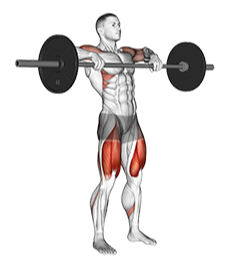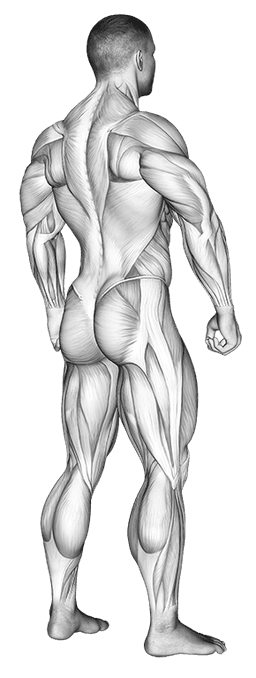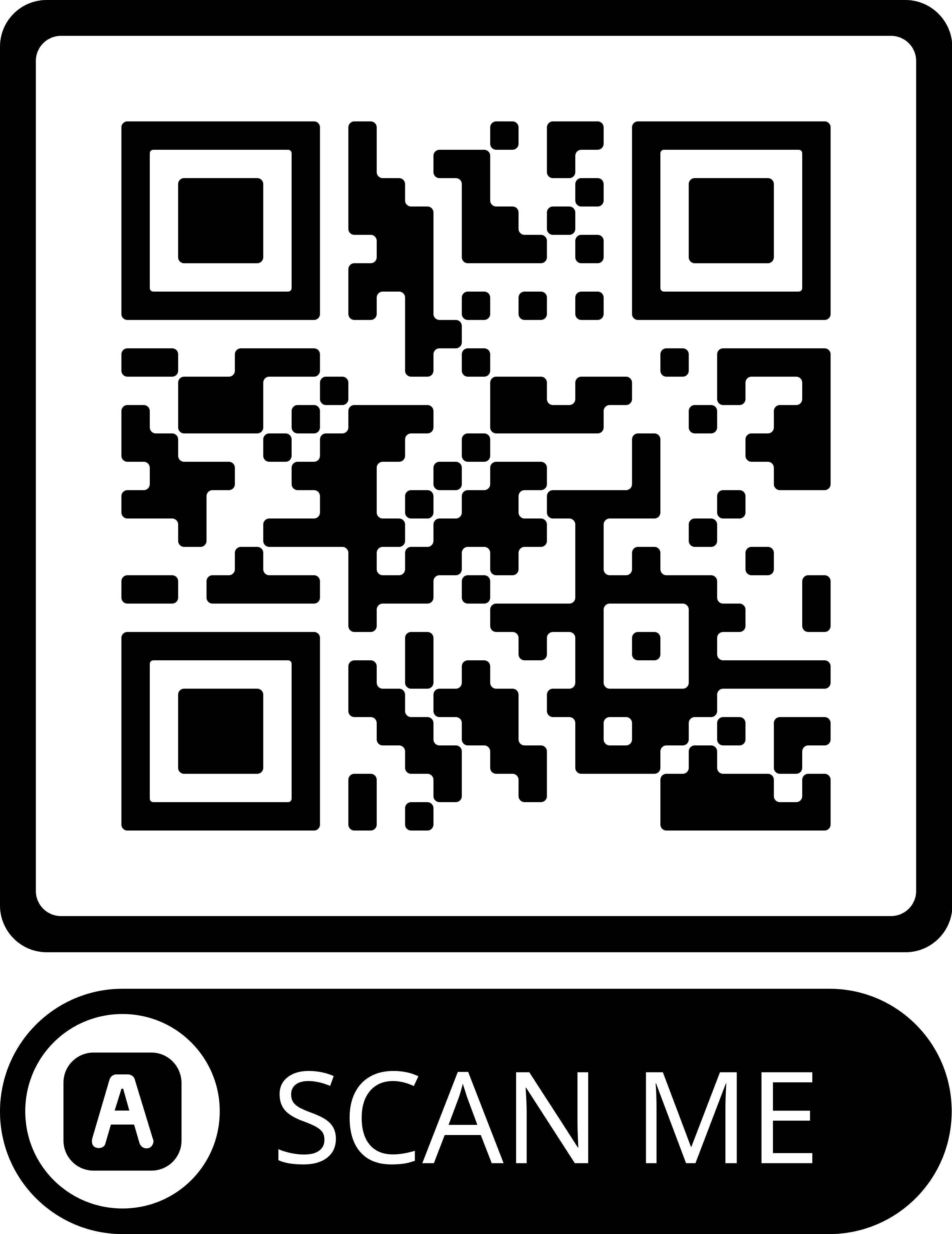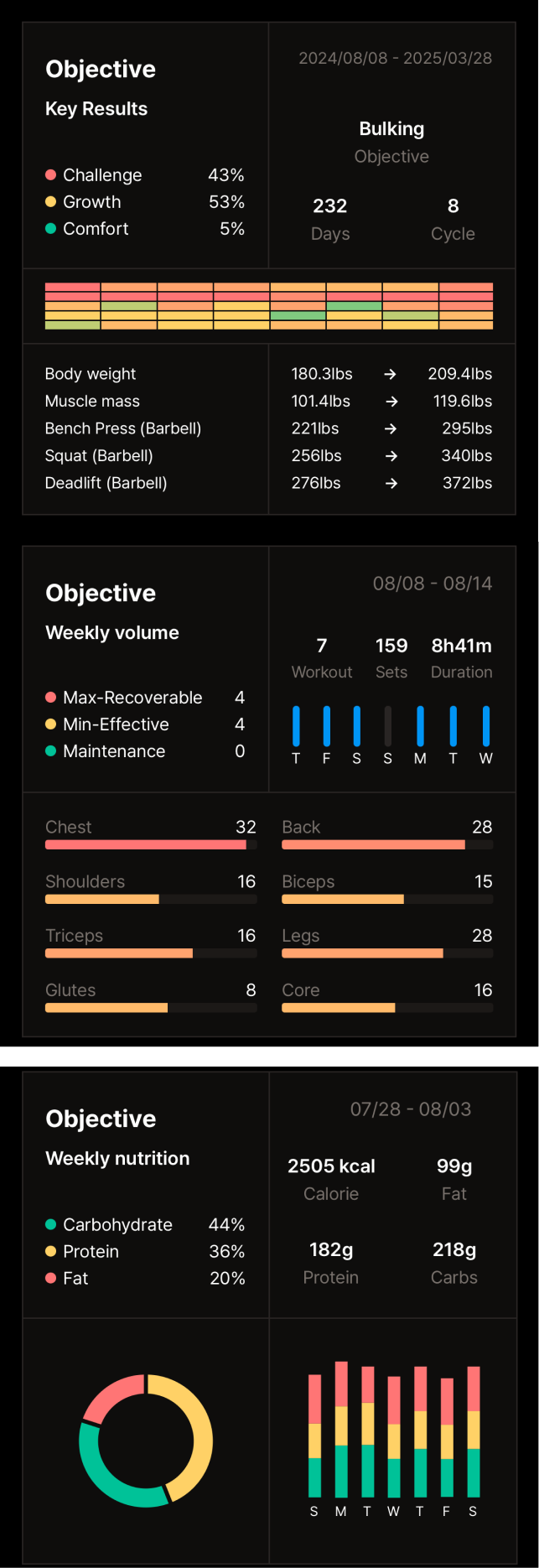
High Pull
A dynamic full-body exercise that involves pulling a weight from the ground to the chest, emphasizing power and explosiveness.
Muscle Targets Visualizer
Muscle Targeting Visualizer


Primary Muscle
Secondary Muscles
Strength Level Tracker
Track Your Progress Like a Pro
High Pull
Average of all records in a cycle
Step-by-Step Instructions
1. Starting Position
Stand with feet shoulder-width apart, holding a barbell (or dumbbells) at arms length in front of your thighs. Maintain a slight bend in your knees.
- Keep your back straight and core engaged
- Maintain a neutral grip width
2. The Pull
Initiate the movement by explosively driving through your hips and legs. Simultaneously, pull the weight upwards towards your chest, keeping your elbows high.
- Focus on hip extension and upward drive
- Avoid shunting the weight with your arms only
3. Chest Level
Pull the weight until it reaches your chest or upper abdomen. Your elbows should be pointing outwards.
- Maintain a controlled pace
- Avoid jerking or abruptly stopping the weight
4. Controlled Descent
Slowly lower the weight back to the starting position, maintaining control throughout the movement.
- Resist gravity as you lower
- Focus on maintaining a consistent controlled speed
5. Repeat
Repeat the movement for the desired number of repetitions.
- Maintain consistent form throughout the set
- Adjust weight if needed
Form Tips
✓Maintain a Straight Back
Avoid rounding your lower back during the lift to prevent injury. Engage your core to maintain spinal stability.
✓Full Hip Extension
Generate power from your hips and legs, not just your arms. Focus on a powerful hip drive.
✓Controlled Movement
Avoid jerky movements. The lift should be powerful but controlled both upward and downward.
✓Elbow Position
Keep your elbows high and slightly out to the sides throughout the movement to fully engage your shoulders and back muscles.
Common Mistakes
Swinging the weight excessively using momentum
Focus on controlled power generation from the hips and legs, minimizing momentum.
Rounding of the lower back during the lift
Engage your core muscles and maintain a neutral spine throughout the movement.
Shrugging shoulders before pulling
Initiate the pull from your hips and legs, using shoulder elevation only at the end of the pull.
Using too much weight
Reduce weight to focus on proper form and controlled movement. Gradually increase weight as strength improves.
Incompletely extending the arms at the bottom of the lift
Fully extend the arms at the bottom of the movement to ensure a full range of motion.
Alternative Exercises
- Dumbbell High Pull
- Kettlebell High Pull
Complementary Exercises
- Clean and Jerk
- Snatch
- Overhead Press

